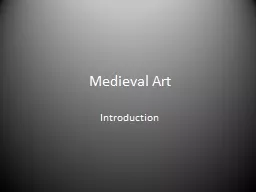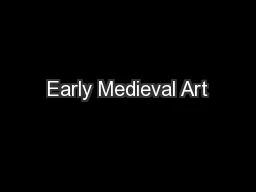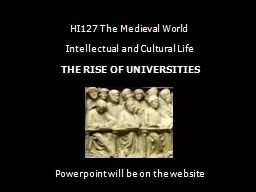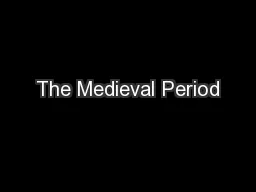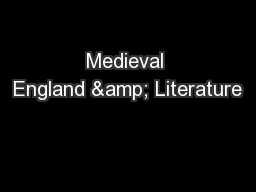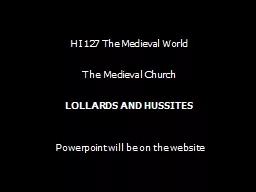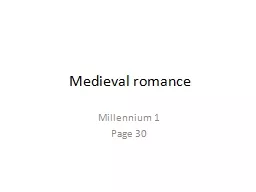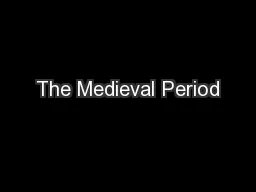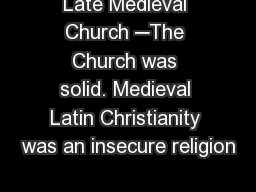PPT-Medieval Art
Author : luanne-stotts | Published Date : 2018-01-06
Introduction The Middle Ages When does that period start The most commonly accepted starting date for the Middle Ages is that of the fall of the Western Roman Empire
Presentation Embed Code
Download Presentation
Download Presentation The PPT/PDF document "Medieval Art" is the property of its rightful owner. Permission is granted to download and print the materials on this website for personal, non-commercial use only, and to display it on your personal computer provided you do not modify the materials and that you retain all copyright notices contained in the materials. By downloading content from our website, you accept the terms of this agreement.
Medieval Art: Transcript
Download Rules Of Document
"Medieval Art"The content belongs to its owner. You may download and print it for personal use, without modification, and keep all copyright notices. By downloading, you agree to these terms.
Related Documents

